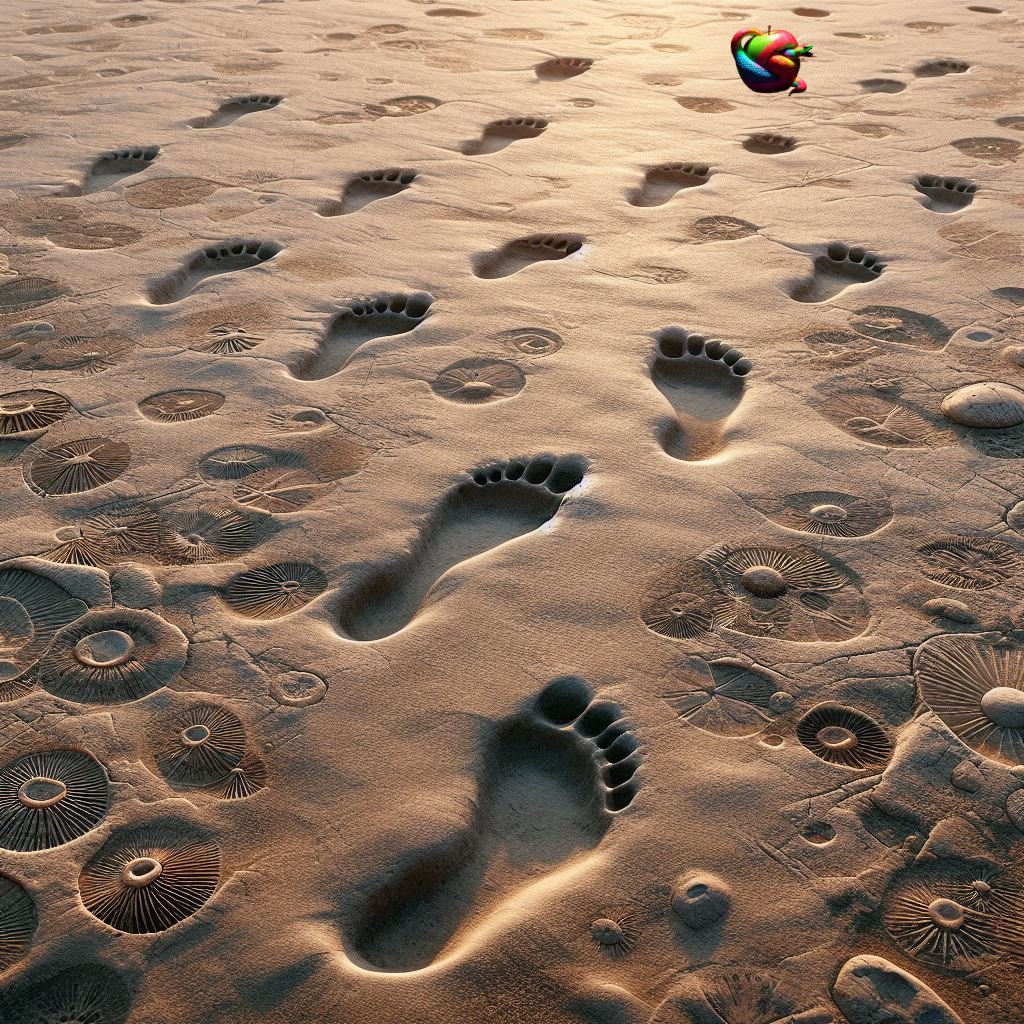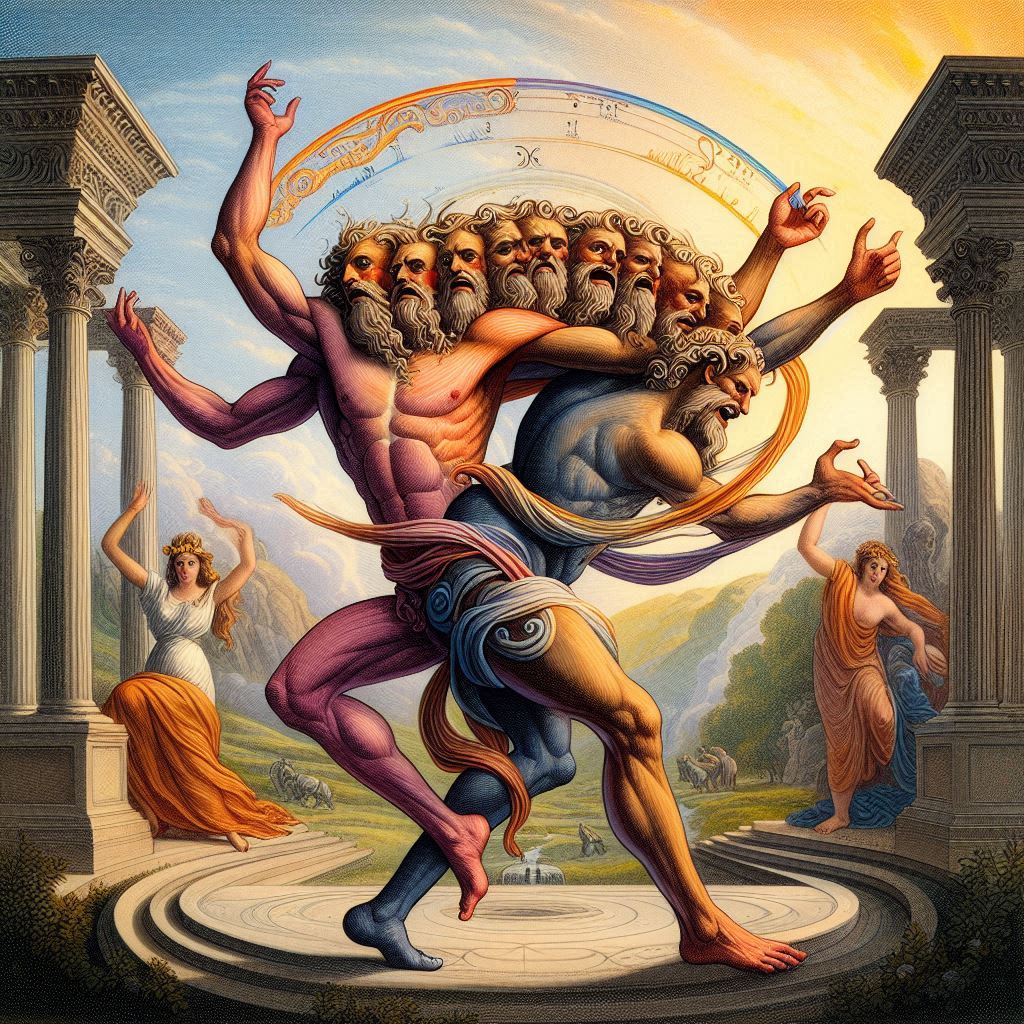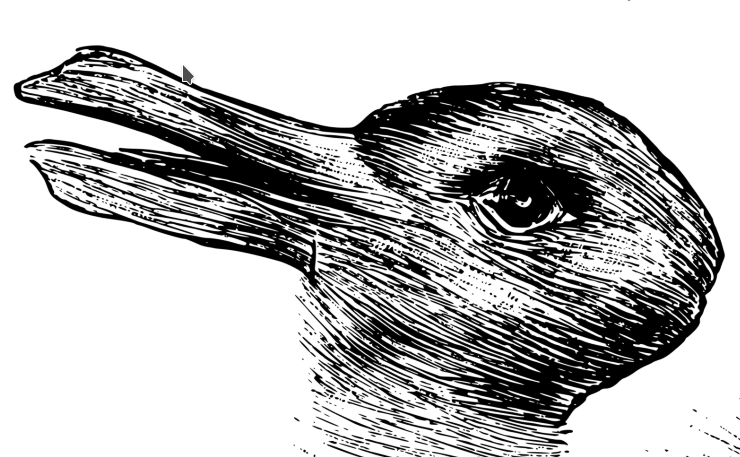
Terminology without bounds: life, evolution and everything
Wherein I try to define my terms (see chatgpt etymology for this
term/terminus/terminology plex
using my own contexts and examples (of themselves).
The major context assumes an animal life’s logic, point of view (POV) and scale. The essay is also about those as limits to the understanding we have as animals when we are looking out and about as prey or predator: for our kind, i.e. an epistemology of what we use/live/expect when we create 'ontologies'. Even this, this animal's life logic, is skewed to multicellular forms.
On editing the first draft, I realised that this is an essay I have been re-writing since I was about 30 years old, I am nearly 60.
I am using bold to highlight a term I am attempting to define by using it. Eventually the essay takes over, but new terms are introduced, and some legacy terms get re-defined in new landscapes of survival.
thingology recapitulating phylogeny
Style: a foundational bias for a lifeform. It’s an abstract description of ‘an ecological niche’ at the very least.
Bias: more direct description than ‘style’ of a lifeform’s ways of sensing, perceiving and planning, mistaking and learning. Always remembering that strengths are also weakness because everything is a trade-off.
The body: a composing form which comprises a style of movement which incorporates (via a trade-off of biases or instincts) the substance of the terrain into an ongoing physical process, involving a memory and adaption system both direct (learning) and inter-generational (genetic adaption)— bias..
The following section assumes the Ur-form of an animal, as perhaps we can regard the ‘first’ but that we call the Last Universal Common Ancestor LUCA. Complexity evolved later, once there was enough life.
Part of the composition of the ‘body’ is its relationship to the landscape it percieves and lives off.
This is a figure/ground relationship and is a composition. It is often mediated and confused by what Richard Dawkins calls the extended phenotype. This confusmediation is originary to the undifferentiated body/landscape or cell/substrate confoundation of life in the LUCA. Our languages and science are products of this process, but we have trouble even seeing the non-separation and thus being able to call it out— figure/ground issues. It is not even as we seen them as more separate than they are, we just do not regard one side of the composition at all. It is taken for granted, thus do not 'study' it, at least natively. (Colour & movement folks, bread and circuses).
At first, for our LUCA incipience, the substance of the landscape and the substance of the body are not differentiated. (See Nick Lane's The Vital Question). The intensity of life at a certain point 'discovers' it is at home, before it 'discovers' it can leave, before it even has membranes that contain the memory of its success, before it can pass on that information. Home and the body predate evolution’s selection of them and their tandem development (or lift-off) into species and ecosystems.
One a self-contained working cell 'drifts off' out of its niche in the substrate, perhaps drawn by the better flow 'out there', both the body and it’s landscape is born in a foundational composition.
Perhaps this happens many, many times before there was a method in a populaton that could be selected for.
Evolution is a process reliant on populations in a selective environment. Evolution of species is predated by an evolution of processes that remember home as a place in the flow of protons or later photons (for example). At first the home and the body are the same ‘thing’. But if the body grows, home may not be enough. Home becomes an informing memory. A goal. A bias. A style.
Something better, something more…
For the body the key effort is containing the past in transmittable information to genetically bridge the impasse of death (which was not necessarily a worry when home=body). For this composition in landscape the key memory is to know one’s place, to remember home where one can best survive, at both the individual level of the body, and in the subsequent abstract niche as a suite of genetic information composes into a style of life (for which we have develop taxonomies to describe). A niche is a genetic memory of home, of expectations, of what one’s has solutions for as adaptations and learning processes.
Survival and adaption create increases in populations, via the redundancies of reproduction, and thus the complexities of species diversity and their interdependent landscapes.
However, the taxonomy of substrate/terrain/territory/landscape/home/home-range has not yet been turned into science as has the Linnaean taxonomy of the body and it’s niches.
Niches in what exactly? Once complexity arises a body can be a parasite’s landscape, a population can be an individual's territory, a group is a home. Is it only a peak or trough in an abstract fitness landscape?
As animals we recognise the footprints first, and only second the story of the landscape they impress upon, the beach.
Our animal natures biases us to following these bare ontologies of the body's traces, and only secondarily the landscape the body of evidence presumes. This has been a strength in the survival of the body as an individual focus of evolution, such that we even try to think up things like 'group selection' to describe processes which may actually be the result of compostional interactions at the ‘landscape’ scale. I.E. it is an animal bias to see everything in terms of bodies and not take into account other parts of the composition evolution allows, and that natural selection operates in.
The basic mistake of this bias is to seek causes for outcomes as if the outcome is a body, when perhaps it is a landscape. The mistake here is to search for a genetic explanation. Landscapes are composed by the mass complex interactions of bodies as they maintain a home within the territory they know. But even so, the difference is not clear, worse, "what is a landscape?" and "what is a body?" depend on a lack of clarity as to whose POV we are using, and in what frame.
Better worlding can be lived, and better science can be studied, if we take note of what the beach is, and not just the footprints, and not just the easy ready-made passage the litoral disturbance allows. When we study the figure, we tend to see the ground as put there for the figure, and thus put there for our POV. A type of monotropic 'narcissism'.
The world is created from the perceptual interactions of the body with it’s surrounds. Reality has already receded here, even if death and extinction are always there to “remind us’.
If there was just one POV the world would be the same as the umwelt of that indidviual. Indeed one might argue there was no negotiation even required between the world of one umwelt and reality, (certainly narcissist do not think this is required).
However one solitary and singular POV, or even the one umwelt of our LUCA, has not been around for a very long time. We live and have evolved in a world of umwelten um umwelten, or, landscapes among landscapes with landscapes like sand in our pockets, in which bodies become landscapes for parasites, and populations become homes like schools of fish in the sea, their home-range drifting with the gradients of nutrients and their trophic chains.
Home is firstly what we know, and what we know is ‘near at hand’. Once we can reproduce then ‘the apple does not fall far from the tree’, and our siblings and parents form an ‘immediate substrate’ that we home in. Thus ‘we’ can aggregate like stromatolites, we can drift stuck-together in colonies, we can home together in schools that know no bounds but energy-supplies and food.
The group can be or become an individual, but that depends on its umwelt of home. Not all aggregates can be treated like an individual. Collectivism and fascism presumes that the greater individual is the only form of aggregation, they differ only on how that individual statue is painted.
Like I said we lack a taxonomy of the landscape from home on outwards in various dimensions of place and recursive complexity, or geography and political nous that I call, very recently, good worlding.
It could be argued that the ultimate landscape is reality, and that science can discover this territory. This can been see to repeat the mistake I have just criticised.
It mistakes X for also being a body bereft of composition, a body without a landscape (this is a metaphysical metaphor of more practical benefit than a body-without-organs as some rebellious trope BTW)(And fungi are a better metaphor than rhizomes)(#justsaying). Home is the first vitalist sucess story.
Science is a set of methods, or methodology, which attempts to map by negotiating around our biases as individuals, in order to create a map of what is intersubjectively agreed to be what is around us, and what we cannot change: by force of wish, will or rizz-fulfilling magic. Some parts of reality are harder than others, the sciences which study them are call the hard sciences. The softer parts of reality are the world, which is strangely more difficult to agree on.
Have we yet managed to negotiate our way around our biases as an animal's life form?

We have built a road through a mountain range. We have dug cuttings to ease the grade for our legs or wheels, and the power we can muster. The road is hard beneath our movements, as hard as reality, but easier than the mountainside, we are re-secured in the risk of moving on. For we have mapped our preferences into the ground beneath our feet. We have suited ourselves and desires, the road worlds us on home or into exchange. Our footprints will not wash away with the next tide on the ready-made passage of a beach.
One day, there is a landslip, and as we travel we must now negotiate our way around the rocks that have fallen on our road. If it is a songline, sometimes populations fall onto us, and to survive and pass through, we must re-negotiate our ways.
The road is not reality no matter how hard we surface the way, no matter how smartly we make the grade. Science is not reality either, it’s just less wrong as some of us say, even if it is the best road we have.
The road is the result of our care for the world we live and home in. It looks real, much like science is real, or at least the hard sciences are real.
Only the living care and if they forget their place in the
landscape/terrain/territory/home/school/herd
they will indulge their biases and be unable to learn, unable to learn they will not be able to renegotiate their way around reality’s landslides. But without that sense of the magic of the world, the individual has nowhere to go because reality does not care.
It’s a trade-off. To double-down on one side of that trade-off, if only by refusing a suspension of judgement in this risky dance, means we risk becoming doctrinal and dogmatic. It means to ignore the rockfall and stumble on the obstacles while proclaiming they are not there, for the road is reality, and not the blemishes on its perfect form.
And then not move on at all, not home, not onwards, but just into madness that seeks a home not in safety but in ritualised repetitions of preferences and bias and their wants.
On occasion the temple is tomb, an extinction level event.
To survive we must Janus dance the trade-offs, in order to maintain the order of home and the flexibility of the body’s ability to learn and plan and mis-step and do it all over again.
Reality is not a hard road; the world is, and it is what we make it, and what we make of it.
Perhaps the world expands at the expense of reality, (this is a version of Arthur C. Clarke’s view that future tech & science will be indistinguishable from magic).
And this expansion is a road we call progress, despite it being a small part of complex potentials and their instantiated possibilities evolution allows.
Focussing on the terminus, may fail to see what is on either side, if it fails to see one side, it may fail to see the border at all where we no longer can tell there is a figure/ground issue.
Janus dances the threshold here, between figure and ground. Some borders do not end in a terminus, but are a beginning.
To dance the threshold we have to be able to see it. If we dance the body alone we flail about with no sense of home, let alone world.
If we cannot see a border, focussing on the definition of terms alone, means we relapse into a cave where we dream of ideals as if they form the world as a reality. When it is much more complicated than that misunderstanding.
In any case, we carry on regardless, but the primal question remains, how to do better?
